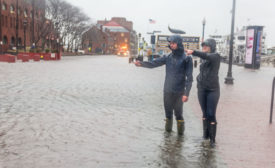Home » Keywords: » extreme
Items Tagged with 'extreme'
ARTICLES
East Coast Nor’easters Amplify Calls for Resilient Building Code Regulations
Massachusetts architects, engineers and environmental groups argue that owners should be required to implement resilient design
Read More
The latest news and information
#1 Source for Construction News, Data, Rankings, Analysis, and Commentary
JOIN ENR UNLIMITEDCopyright ©2024. All Rights Reserved BNP Media.
Design, CMS, Hosting & Web Development :: ePublishing


